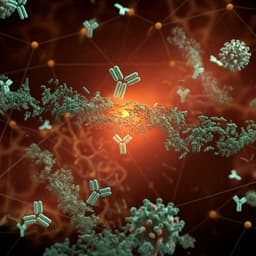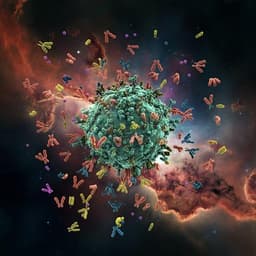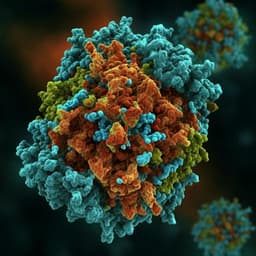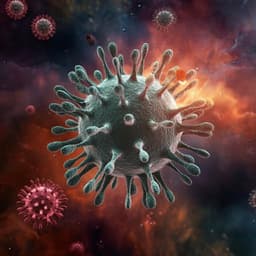
Medicine and Health
Rapid decline of neutralizing antibodies against SARS-CoV-2 among infected healthcare workers
S. Marot, I. Malet, et al.
A study conducted by Stéphane Marot and colleagues reveals alarming insights into neutralizing antibodies among SARS-CoV-2-infected healthcare workers. With data from 26 individuals, the researchers observed a significant decline in antibody levels over time, underscoring the need for ongoing infection prevention strategies and potential booster vaccinations.
~3 min • Beginner • English
Related Publications
Explore these studies to deepen your understanding of the subject.







